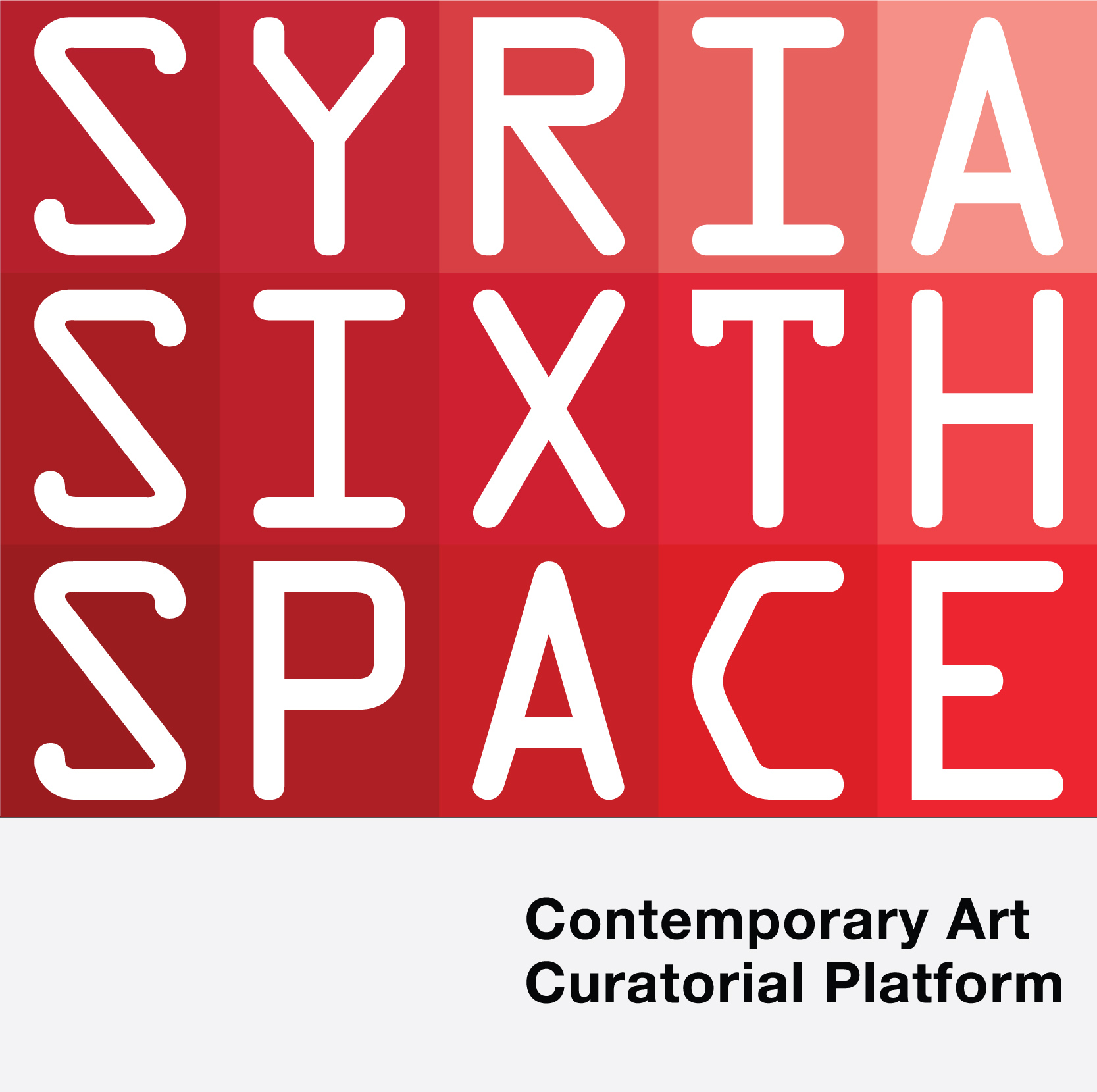
About the theory
Syria Sixth Space is a curatorial Theory that started experimenting spaces since 2015, it is a pop-up media-art gallery hosting multi-disciplinary art-forms aiming to extend the notions of the “freedoms” for artists and audiences and aspiring to become an alternative space for all Syrian artists and artists interested in Syria.
As a temporary face to face roaming exhibitions platform, it opens spaces for live arts, digital arts and online-disseminated media-art, shapes innovative responses to current events, inhabits the invisible, stimulates thoughts-provoking conversations, breaks through unconventional dimensions, and challenges narratives of arts and heritage.
Syria Sixth Space embraces voices of the unheard, freedom of artistic expression, science, technology, creativity, energy, innovation, flexibility, lightness, mobility, green policies, and defines the aesthetic as an essential human right.
It divines the transformative force of arts to question, research, engage, partner, educate, critique, showcase, resist. The roaming platform overcomes the barriers of time and geography by bringing people together to change realities and vibrate new leading-edge arts movements,
The Globe and beyond is its aspired sphere of influence and toppling of all kinds of walls and all fears of the different other is at the heart of its freedom mission.
Main Exhibitions Curated Based On the Theory are:
Syria Third Space , Kashash , Tourab , Wave
Syria Sixth Space Artistic Statement
The Syria Sixth Space curatorial platform is based on an innovative sociolinguistic theory of identity and community.
Realized through language or enunciation, Third Space Theory—attributable to Homi K. Bhabha—emphasizes the uniqueness of each person, actor or context as a “hybrid.”
In media arts theory, the Third Space has more recently been used by artist Randall Packer to represent the fusion of the physical (first space) and the virtual (second space) into a networked place that can be inhabited by remote users simultaneously or asynchronously (Third Space).
The hybrid idea of blurring the real and the virtual is expanded in the Space through distributed presence, in which the participants are in remote physical spaces, referring to a shared social space. The Third Space extends the notion of the real and the virtual by suggesting a hybrid space that allows remote participants to engage in social relations with one another and creating new identities every day.
In an evolution of this concept, the Syria Sixth Space hopes to point towards another three dimensional, magnetic and invisible space that reflects the vulnerability of the targeted Syrian group of artists—resisting impossibility and fighting to achieve impact through artistic expression.
Edward William Soja has similarly conceptualized a theory of new spaces within the social sciences where "everything comes together… subjectivity and objectivity, the abstract and the concrete, the real and the imagined, the knowable and the unimaginable, the repetitive and the differential, structure and agency, mind and body, consciousness and the unconscious, the disciplined and the transdisciplinary, everyday life and unending history."
We define our Syria Sixth Space as an-other way of understanding and acting to change the spatiality of human life; a distinct mode of critical spatial awareness that is appropriate to the new scope and significance being brought about in the rebalanced trialectices of Spatiality–Historicality–Sociality.
Syria Sixth Space hopes to challenge stiff definitions of identities, impossibility, polarization and alienation by defining a new concept of spatial infinity; a space that is radically inclusive and that encompasses epistemology, ontology, and historicity in a continuous movement beyond dualisms—pointing towards "an-other” that is radically open to additional otherness, and to a continuing expansion of spatial knowledge.
Syria Sixth Space is inspired by Soja’s definition of Third Space. This is a transcendent concept that is constantly expanding to include "an-other," and is thus enabling the contestation and re-negotiation of boundaries and cultural identities.
A theory and a space in which "all forms of culture are continually in a process of hybridity,” and which displaces the histories that constitute it, sets up new structures of authority, new political initiatives. Where the process of cultural hybridity gives rise to something different, something new and unrecognizable, a new area of negotiation of meaning and representation is created.
From Third Space to Sixth Space, Wider impact
Syria Sixth Space, the electromagnetism impact field
In electromagnetism, the electromagnetic field is generally thought of as being made of two things, the electric field and magnetic field. They are both three-dimensional vector fields, related to each other by maxwell's equations. A second approach is to combine them in a single object, the six-dimensional electromagnetic tensor, a tensor or bivectorvalued representation of the electromagnetic field. By adding the magnetic field to Syria Third Space, by turning it into a Sixth Space, it becomes a magnetic force of influence, seeking legitimacy and validation from its impact on moving masses.
For this reason, when artists inhabit its space, they harness an artistic language that pushes the boundaries of possibilities, creates alternative views and places thoughts, ideas and reflections into previously undiscussed territory. This allows them to provoke, challenge and give voice to unheard and vulnerable individuals and communities. The Syria Sixth Space curatorial platform becomes a statement of artists’ and artworks’ flexibility, lightness and mobility. Thus, when the artist cannot be mobile, the artwork can still overcome all boundaries of censorship and accessibility.
Via virtual mediums and social media platforms, their voices and those of their audiences will echo, toppling walls of fear through knowledge sharing, presence, openness and free conversation.
- Reference: Bhabha, Homi K. (2004). The Location of Culture. Abingdon: Routledge. p. 55.
- Reference : Maniotes, L. K. (2005). The transformative power of literary third space”
- Reference : Soja Edward W., 2010, Seeking Spatial Justice, Minneapolis: University of Minnesota Press.
